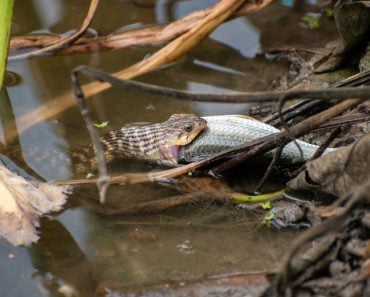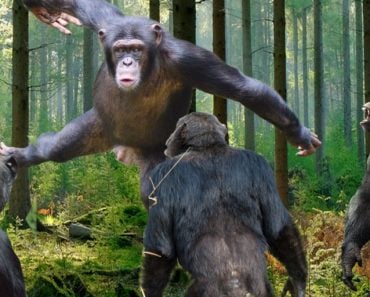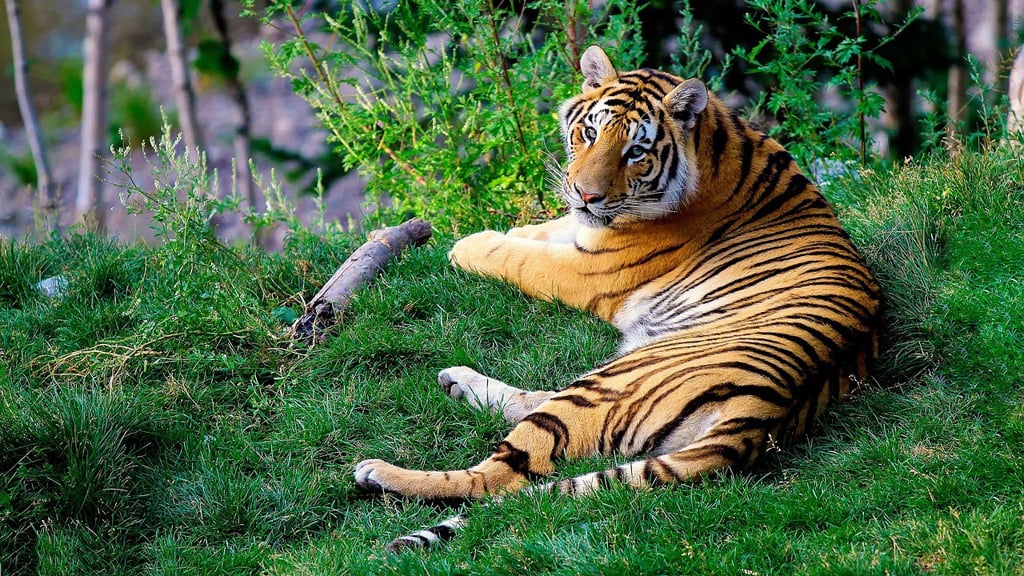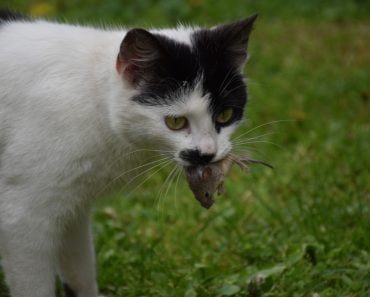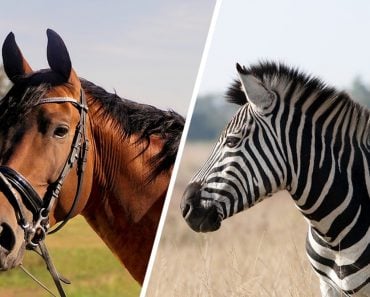Table of Contents (click to expand)
Humans are super-predators. We not only kill more than the biggest predators in the animal kingdom, scientists have also found that our presence, even in areas where we visit as tourists, can induce alarm and fear in the wildlife of that area. This significantly changes the behavior of the animals that live there and can have broader impacts on the ecosystem.
It might seem that human presence and human activities don’t affect animals, so long as humans don’t harm the animals themselves. However, research on animal behavior has started to show that, humans, by their sheer presence, can disrupt animal activity. Furthermore, when it’s combined with extractive activities, like hunting and fishing, things go even further south.
Scientists have hypothesized that humans are playing the role of non-human top predators. In human-dominated landscapes like cities, townships, agricultural fields and rocky outcrops, where carnivores—especially large ones like tigers, leopards, lions and jaguars—have been largely eliminated through human activities, humans become the predator that prey fear.
But what scientists and investigators are finding is that human influence is stronger and more intense than the parallel influence of natural predators.

Recommended Video for you:
Humans As Super-predators
Though you and I would fear for our lives when faced with a hungry tiger, many agree that Homo sapiens are currently the top predator in natural ecosystems.
The human way of life today results in the killing of many individual organisms and species, including large and medium-sized predators, as well as large herbivores. When it comes to herbivores, we’re killing them at a rate that is substantially higher than the rate at which they are killed by, say, the populations of alligators, tigers, or eagles.
When it comes to large and medium-sized carnivores, the rate of human exploitation has been estimated to be 9.2 and 4.5 times more than the level of exploitation by their natural enemies, respectively.
Such a widespread impact has led to humans being dubbed a “super-predator“.
Human-generated Stress In Animals
Within protected areas, the anti-predatory behavior of prey species is shaped by the behavior of the natural predators. However, in human-dominated systems, such anti-predatory strategies are often shaped by the complex and interactive nature of several human activities that impact both predator and prey behavior. This contrast has enabled researchers to study the differences between how prey perceive threats from humans versus their natural predators. They check “perceived threat levels” by measuring how stressed the animal is.
Using animal scat (feces) from such contrasting locations and extracting hormones from them, these studies show that even less harmful activities like tourism and winter sports create high stress levels in animals.
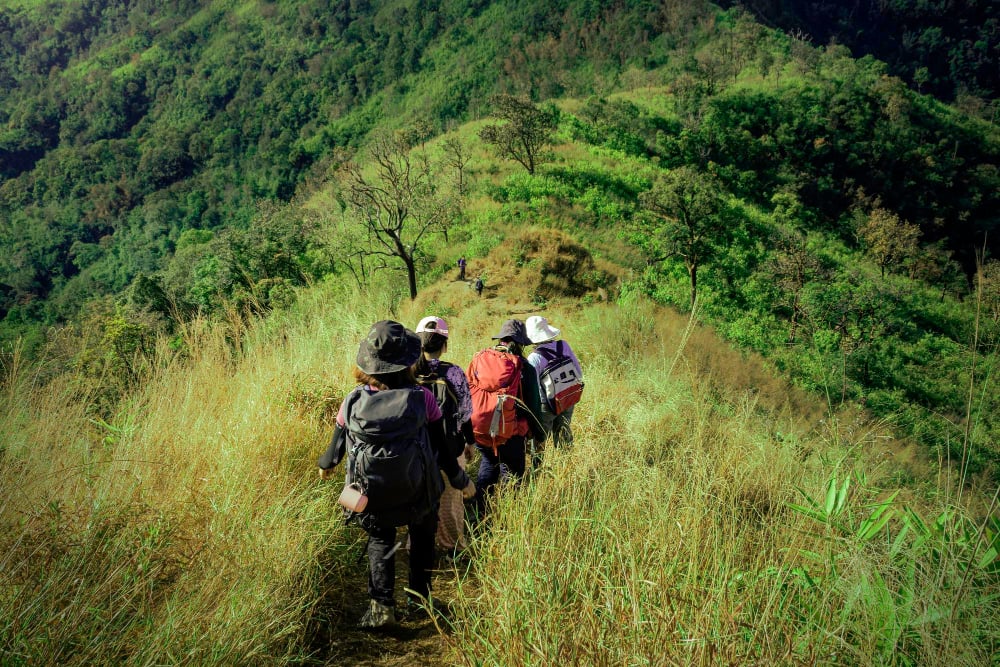
In the Rocky Mountains of Canada, researchers found that the influence of human disturbances on the behavioral patterns of elk was greater than the same disturbances by habitat parameters and natural predators. Our presence affects the animals’ movement, daily activity, and foraging patterns.
The impact of anthropogenic activities on the animals often depends very little on how many humans the animal encounters. Rather, it depends on the types of activities being carried out by humans. Some of these include retaliatory killing, hunting, traffic collisions, electric fences, snares, exposure to novel pathogens and reduced food availability. Risks of injury and mortality of the animals have a manifold increase in human-dominated landscapes as a cumulative result of different activities carried out by humans.
Experimental Evidence
Field experiments have shown that animals that are regularly hunted by humans exhibit strong fear responses when exposed to human sounds. This often supersedes the response shown in response to the sound of their natural predators.
Not only prey species, but even smaller predators like small cats, ocelots and martens, tend to reduce their feeding and shift towards a more nocturnal activity pattern when humans are present. This doesn’t even happen in the presence of natural large-bodied predators. Upon hearing human voices, mountain lions will give up on their food caches and flee from the site.
Large-bodied herbivores (e.g., African elephants) and primates (e.g., pig-tailed langurs) are also known to express anti-predator responses when exposed to human cues. Even extremely low amounts of human disturbances are enough to generate fear responses in terrestrial herbivores.
In marine ecosystems, recreational activities like SCUBA diving and snorkeling have been seen to change fish behavior in ways that are only comparable to the presence of large predators like sharks and killer whales.
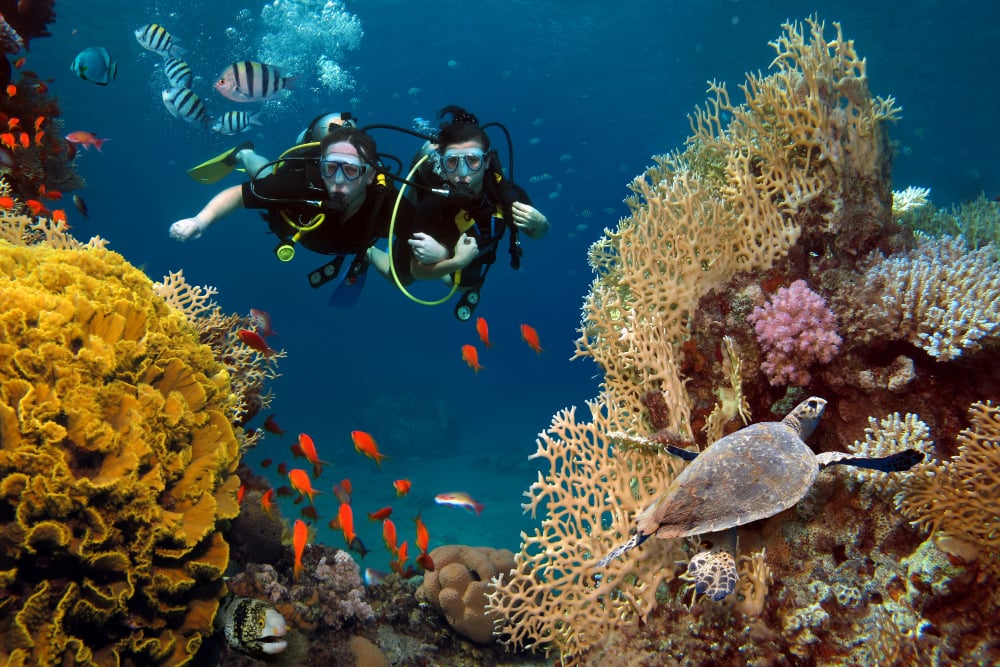
What’s Next?
The impact of human super-predators on the natural ecosystem is pervasive and drastic. With the majority of the planet’s wildlife being residents of human-dominated areas, it becomes extremely important to understand the actual extent of the threat that humans pose to these animals if we want to craft suitable management interventions. This will enable long-term human-wildlife coexistence on the planet, which is essential for a healthy, thriving and equitable home for all species.
References (click to expand)
- Ciuti, S., Northrup, J. M., Muhly, T. B., Simi, S., Musiani, M., Pitt, J. A., & Boyce, M. S. (2012, November 28). Effects of Humans on Behaviour of Wildlife Exceed Those of Natural Predators in a Landscape of Fear. (N. Moreira, Ed.), PLoS ONE. Public Library of Science (PLoS).
- Darimont, C. T., Carlson, S. M., Kinnison, M. T., Paquet, P. C., Reimchen, T. E., & Wilmers, C. C. (2009, January 20). Human predators outpace other agents of trait change in the wild. Proceedings of the National Academy of Sciences. Proceedings of the National Academy of Sciences.
- Darimont, C. T., Fox, C. H., Bryan, H. M., & Reimchen, T. E. (2015, August 21). The unique ecology of human predators. Science. American Association for the Advancement of Science (AAAS).
- Clinchy, M., Zanette, L. Y., Roberts, D., Suraci, J. P., Buesching, C. D., Newman, C., & Macdonald, D. W. (2016, July 19). Fear of the human “super predator” far exceeds the fear of large carnivores in a model mesocarnivore. Behavioral Ecology. Oxford University Press (OUP).
- Suraci, J. P., Clinchy, M., Zanette, L. Y., & Wilmers, C. C. (2019, July 17). Fear of humans as apex predators has landscape‐scale impacts from mountain lions to mice. (G. Grether, Ed.), Ecology Letters. Wiley.
- Gaynor, K. M., Hojnowski, C. E., Carter, N. H., & Brashares, J. S. (2018, June 15). The influence of human disturbance on wildlife nocturnality. Science. American Association for the Advancement of Science (AAAS).
- Albuquerque, T., Loiola, M., Nunes, J. de A. C. C., Reis-Filho, J. A., Sampaio, C. L. S., & Leduc, A. O. H. C. (2015). In situ effects of human disturbances on coral reef-fish assemblage structure: temporary and persisting changes are reflected as a result of intensive tourism. Marine and Freshwater Research. CSIRO Publishing.

